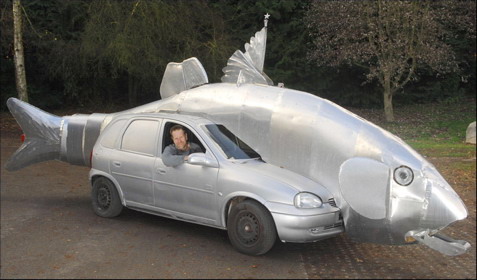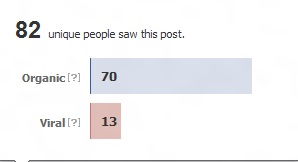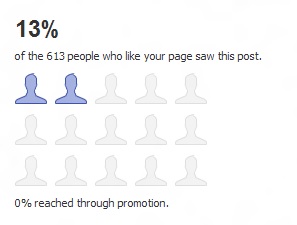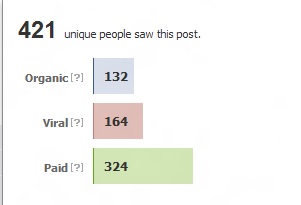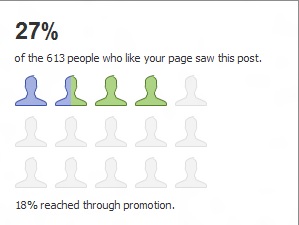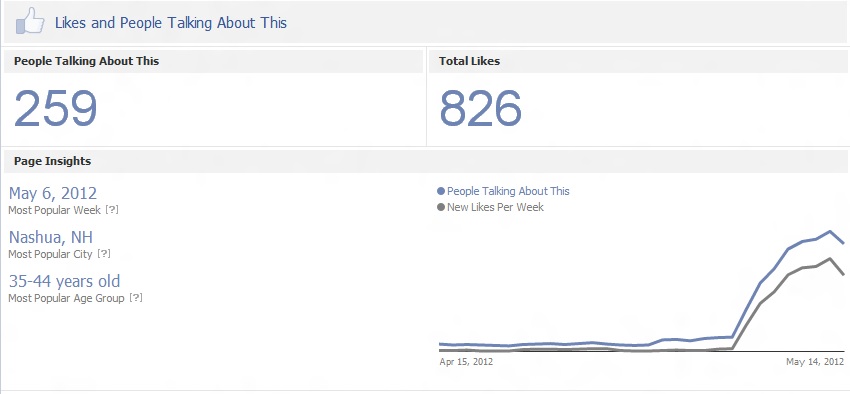Well, here I sit at 4:30am Central time. Since it’s dark outside and I’m drinking hotel bathroom coffee, (yuck) I thought I’d write an update on my trip to North Carolina so far.
First, and very important, I did have concerns about my new Chrysler 200’s ability to tow the 4×8 U-Haul trailer across the country. Now that I’ve driven roughly 1100 miles with it, I must say that I’m quite impressed. It’s pulling that fully loaded trailer with ease. The ride is very smooth and comfortable and the engine has plenty of power for those hills. The iPod connection and satellite radio have certainly come in handy as well. Jamming out to Air Supply and the Bee Gees has certainly enhanced the experience and entertained me (just kidding.. well, at least about the Air Supply and Bee Gees part.. it was actually MC Hammer and Paula Abdul).
Day 1 was one of our shorter days. Started in Moreno Valley, CA and the goal was to reach Flagstaff, AZ. There was no need for directions since it’s only one freeway all the way from CA to NC. The drive was monotonous but relatively short compared to the days to follow. Started at about 9am and arrived in Flagstaff at about 5pm. Along the way, the heat steadily rose until it was 115 degrees outside. I ended up actually experiencing this when I had to stop in Needles, CA for a fill up. If you are ever traveling that way, do NOT stop in Needles. I felt like I was being robbed with gas prices almost $5/gallon. Even in CA, gas has been steadily dropping to under the $4 range. Anyways, que sera sera. As we passed the exit to the Grand Canyon, there was an incredible urge to visit but having been there before, I knew that the little bit of time that could’ve been spent there just isn’t enough to truly appreciate it.
Watching and interacting with the people who have been following #atrt on Twitter was fun and entertaining. Day 1 was on Sunday so there wasn’t a whole bunch of interaction. It was still fun and was a nice way to journal my experience and keep my wife in the loop. It was also the first time I’ve truly tested out FaceTime. Since I won’t be seeing my family for quite some time, I’m encouraged to know that I can still see and interact with them visually. It will probably lessen the home-sickness I’m sure I’ll experience.
Day 2 started as a beautiful day in Flagstaff. There was about 600 miles to drive yesterday – the goal being to arrive in Amarillo, TX at a decent hour. Of course, there were two time changes in store so, while the actual driving time ended up being about 9 hours, Amarillo didn’t appear until roughly 8:30pm Central time. The scenery along the way was awesome, especially some of the vistas in New Mexico. An interesting sight was a car pulled over on the side of the road with two police cars in New Mexico. The car literally had the hood, trunk and every door wide open as well as the entire back seat on the shoulder of the road and the cops were systematically dumping every item in the car on the roadside shoulder… emptying the suitcases piece by piece. I dont know what that person did but that would’ve truly sucked.
I can attest that the Escort 9500ix radar detector I bought for the trip has certainly come in quite handy. It has easily and consistently been ID’ing police miles before I spot them. It’s been very consistent with not a lot of false alarms. I would definitely recommend this to anyone who may like to drive a little faster than they should be.. even those who happen to be pulling a U-Haul trailer (not that I know anyone who would do that).
Near the end of the trip, I was getting pretty cranky but once I arrived at the hotel that went away. My legs have been killing me the whole trip. It absolutely didn’t have anything to do with my attempt to show-off in front of my friends Saturday by doing a squat with my 260-lb friend on my back. Nothing whatsoever.
The videos and pictures I’ve been making and posting on various social networks has been a lot of fun. Engagement picked up on Day 2 since it was a work day (not that anyone uses Twitter or Facebook during work hours). I found several interesting places to take pictures with my 3 birds hitchhikers, including pulling over on the shoulder in front of the “Welcome to Texas” sign where they got to perch on the cowboy hat I seldom got a chance to wear in California. Other than that, there wasn’t a plethora of fun places to take pictures along the way (unless you consider cactus “fun”).
I got to give away a highly-coveted special edition “Viva Los 3 Birds” t-shirt to the person who tweeted the origin of “3 Birds” in the 3 Birds Marketing name. (In case you didn’t know what it is, it plays off the phrase “a bird in the hand is worth two in the bush”. The philosophy at 3 Birds is that, while a bird in the hand may be valuable, why not have all 3 birds instead of only one. The most common misconception about the name is that the 3 Birds represents the 3 founders – Layton and Kristen Judd and Len Wohadlo.)
There’s another 600 miles in store for the drive today with the goal being to reach Little Rock, AR at a decent hour (and safely). I hope you have been following along, have enjoyed the pictures and videos and will continue to participate on Twitter following and tweeting to hashtag #atrt I have more shirts ad prizes to give away today so pay attention and participate.
Thanks for the read! I’m excited about reaching my new home in North Carolina and beginning my new position as Social Media Strategist & Policy Manager with the awesome staff at the 3 Birds corporate office. As they say, its the people that make the company.
